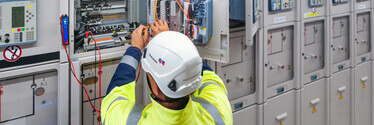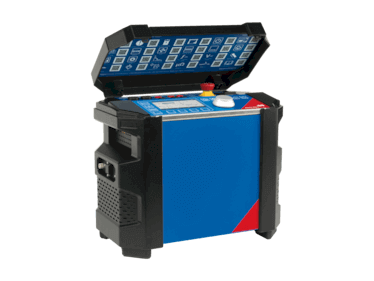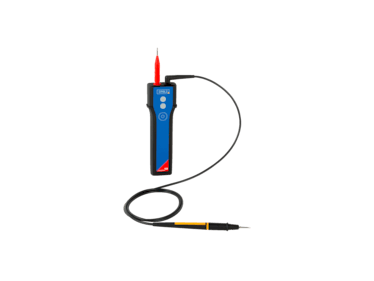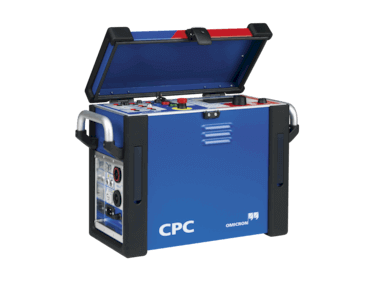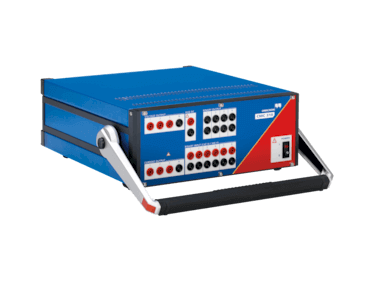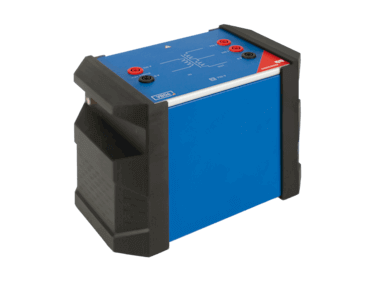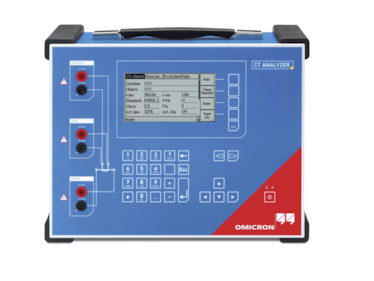Substation Panel Wiring and Wiring Checks
During the commissioning of modern electrical power systems, like substation or industry environments, there are literally hundreds of connections that have to be verified. Next to the instrument transformer wiring, there are also logic signals, trip and control signals to breakers, different auxiliary signals and supply from the station battery and grid power.
Wiring problems, like the wrong polarity of a voltage or current transformer path, are one of the most common errors in electrical power systems.
Having the right equipment and the right procedures can substantially speed up those tests while improving personal safety at the same time.
Expert recommends
COMPANO 100 + CPOL2
Our mobile, battery-powered test set COMPANO 100 is the ideal solution for all kinds of wiring checks, where AC and DC voltages and currents are required. With a DC-free sawtooth signal, which you can use in combination with the hand-held CPOL2 polarity checker, the wiring of instrument transformers can be checked without the risk of magnetizing them.
The COMPANO 100 Advanced Package includes all accessories required for this application as well as the software licenses.
Optimized for the field technician
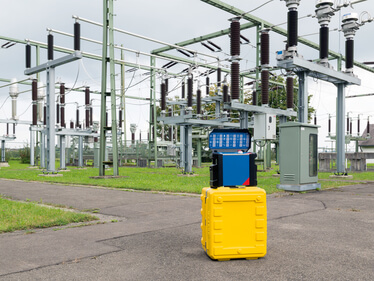
The problem of current transformer core magnetization
Polarity checks are still often carried out with a battery and an analog voltmeter. This is done by briefly injecting power from the battery on the primary side and checking for either a positive or negative deflection on a voltmeter, connected to the secondary side. Though it’s a quick and simple method, it has one key disadvantage: The direct current from the battery magnetizes the current transformer core over time. The demagnetization that’s then necessary is rarely performed in practice. In a fault scenario, the magnetized transformer reaches saturation too soon and distorts the current on the secondary side, this can result in protection system malfunctions, which can lead to costly failures.
COMPANO 100 offers a DC-free sawtooth signal for wiring checks, which avoids this problem. This signal can then be detected with CPOL 2 to check the polarity along the entire path from the current transformer to the relay.
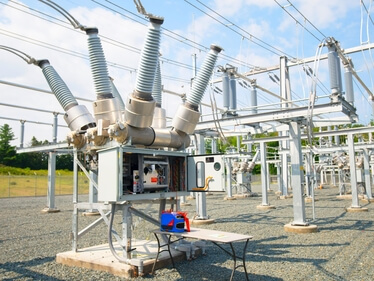
Wiring checks at National Grid US
Interested in how one of our customers used the COMPANO 100 and CPOL2 for the commissioning of a new substation in upstate New York?
Products for Substation Panel Wiring and Wiring Checks
Videos
Safe and efficient polarity check during commissioning
Get in touch
Need more details?
Get a quotation?
Request for a demo?
Contact us now
